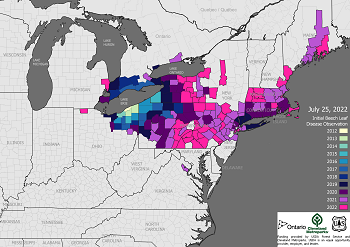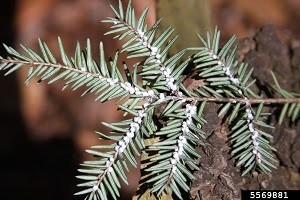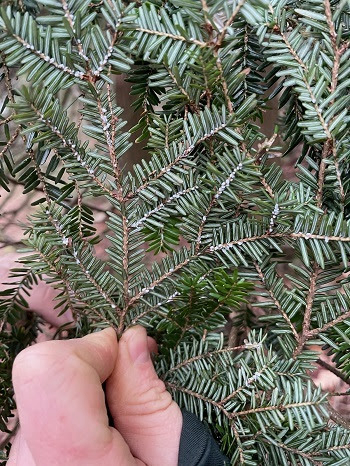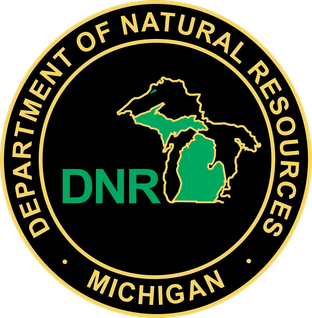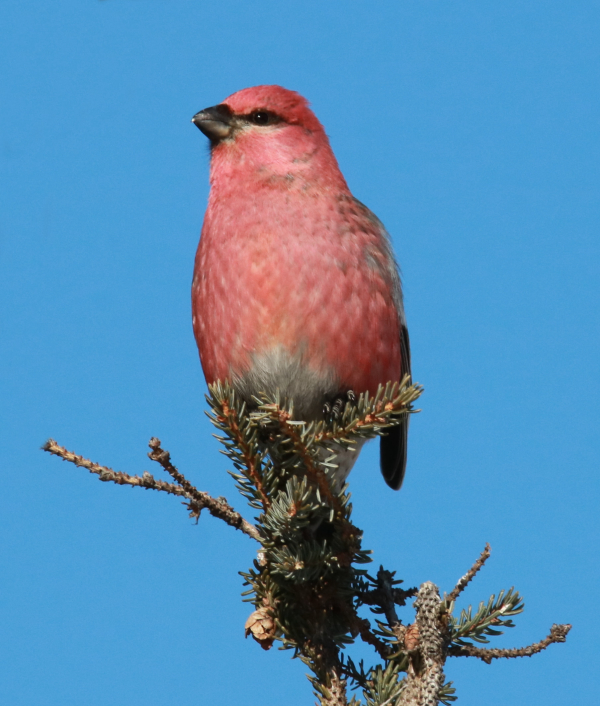Invasive beech leaf disease found in Michigan
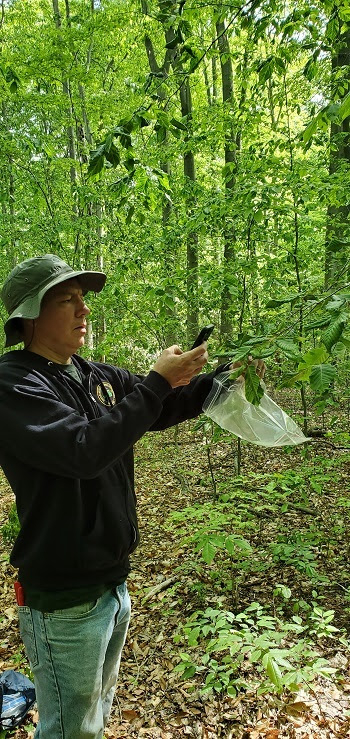
The Michigan departments of Natural Resources and Agriculture and Rural Development recently confirmed the presence of invasive beech leaf disease in a small, private woodlot in southern St. Clair County, located in southeast Michigan.
With no known treatment available for beech leaf disease, its potential spread through the region could have a devastating effect on beech trees, already under attack from beech bark disease. Landowners reported the suspected beech leaf disease outbreak in St. Clair County through the Midwest Invasive Species Information Network after noticing stunted, odd-shaped leaves on young beech trees in a wooded area on their property. DNR forest health staff collected samples for preliminary testing by the Michigan State University Forest Pathology Laboratory.
Results were confirmed by the U.S. Department of Agriculture’s Animal and Plant Health Inspection Service.“Though beech leaf disease was detected this spring, the condition of the leaves and number of trees affected at this location suggest the disease has been there for more than a year,” said Simeon Wright, DNR forest health specialist. “Because symptoms are slow to emerge, it is difficult to detect the disease before it is established.”Beech leaf disease was first detected in Ohio in 2012. Subsequent discoveries in other states and Ontario initiated widespread, annual surveys across the eastern U.S. beginning in 2020. With this detection in Michigan, there are now nine states with confirmed cases of beech leaf disease.What are the symptoms?
Why is it a problem? At this time, very little is known about beech leaf disease. Scientists are still working to understand if the Litylenchus crenatae nematode is the primary cause of the disease or the carrier of another causal agent responsible for the disease.
“Many questions about beech leaf disease remain unanswered,” said Wright.“Because of this, we don’t yet know all the ways the disease might be spread, and currently there are no known treatments to protect trees or reduce disease impacts. State agencies are working with the U.S. Forest Service, several other states, Ontario and Michigan State University to better understand the disease and the potential effects it will have in Michigan’s forests.”How did it get here?The microscopic nematodes cannot move long distances on their own. It is possible the disease can spread through the movement of infested nursery stock and other beech material containing leaves and buds. As a precaution, beech trees, tree material and firewood should not be moved from areas of known infestation.What is being done?How can people help?DNR and MDARD encourage monitoring for any signs of the disease. If you suspect you have found a symptomatic tree, take one or more photos of the infested tree, including close-ups of affected leaves; note the location, date and time; and report it in one of the following ways:
- DNR Forest Health Division: Email DNR-FRD-Forest-Health@Michigan.gov or call 517-284-5895.
- Use the Midwest Invasive Species Information Network (MISIN) online reporting tool.
- Download the MISIN smartphone app and report from your phone – MISIN.MSU.edu/apps/.
Be aware of look-alike diseasesSome other, more common diseases of beech trees may be mistaken for beech leaf disease. Be familiar with these and do not report them. Each can be managed by regular tree maintenance or with the help of a certified arborist.
- Beech leaf curl aphid causes puckering and curling at the leaf margin, with aphids or their cast skins usually visible inside the curled areas of the leaf, but usually isn’t harmful to tree health.
- Erineum patch, caused by eriophyid mites, creates light green or yellowish to orange patches on the upper side of the leaf, rarely affecting overall tree health.
- Anthracnose creates small brown or black spots on leaves that eventually cause dead areas. New leaves may curl. Fungi infect leaves and stems and are most active in wet spring seasons, with a limited impact on tree health.
- Powdery mildew, affecting many trees and shrubs, causes beech leaves to turn yellow. It may cause defoliation but won’t kill beech trees.
For more information on beech leaf disease and other species on Michigan’s watch list, visit Michigan.gov/Invasives.
| Beech leaf disease, not previously known to be in Michigan, is associated with the microscopic worm Litylenchus crenatae, a nematode that enters and spends the winter in leaf buds, causing damage to leaf tissue on American, European and Asian beech species. Trees weakened by leaf damage become susceptible to other diseases and can die within six to 10 years after initial symptoms.
Michigan is home to approximately 37 million American beech trees. Recognizable by their smooth bark, they are an important component to forests, providing food and shelter for wildlife. |
| Beech leaf disease nematodes are associated with damaged leaf tissue, dead buds and darkened, thick tissue bands between leaf veins. These bands create a striped effect on the leaves best seen by looking upward at trees on a sunny day.
From one year to the next, leaf curling and distortion may progress, resulting in withered, dried or yellow leaves and a thin canopy. Noticeable leaf loss can occur in early summer on heavily infested trees. |
| Beech leaf disease was added to Michigan’s invasive species watch list in January 2021 to encourage foresters, residents and land managers to look for and report suspected infestations.
To broaden annual survey efforts, the DNR Forest Health Program will train Michigan’s cooperative invasive species management area staff in identification and sample collection. CISMAs will assist the DNR and MDARD in sharing information on beech leaf disease with the public, partners and stakeholders in the nursery and tree care industries. Because it is still not certain how beech leaf disease is spread, MDARD will not be issuing a quarantine at this time. |


